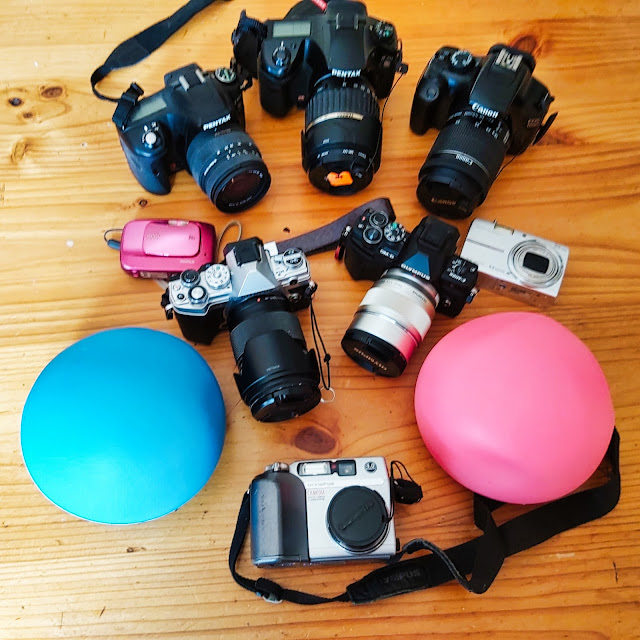Today marks the eve of Flickr's 20th anniversary, a milestone that brings back memories of its inception in 2004. They have a nice article about their significant moments and time-line on their blog
Reflecting on my journey with Flickr, I recall how I initially turned to it as a platform to upload and share photos for this blog, which started out as "things they forgot to tell you about digital photography". It was a time when the concept of cloud storage and HTML image links felt groundbreaking. Moreover, Flickr's community features, such as groups and commenting, added depth to the experience, fostering connections among photographers worldwide. Introducing their "interestingness" algorithm brought exposure to countless talented individuals, while Flickr’s commitment to Creative Commons licensing set a standard that others struggled to match.

For me, Flickr and digital photography have been intertwined since I acquired my first privately owned digital camera in 2003. Over the past two decades, I've amassed a collection of cameras, each holding its own story. It's been a little embarrassing laying out the number of cameras and estimating the money spent! While I no longer use most of them, I cherish the memories and photographs those cameras enabled. Most are still operational, though finding the right memory card for my original Olympus Camedia or a battery charger for an early rechargeable, may prove challenging.
As a consulting geologist, I purchased a Canon Rebel DSLR for video capabilities which has served me well for filming professional videos over the years. I still use that Canon today with a tethered setup to photograph my art on a copy stand. Over time I had invested in two Pentax digital SLRs as megapixels increased into the 12-16MP range, though I seldom use those models now., there were and still are great cameras just a bit heavy.
The two sleek Olympus mirrorless cameras have re-ignited the joy, fun and passion for capturing moments. Despite the evolution of technology, these cameras continue to serve me well, each with its unique capabilities and charm.
As we celebrate Flickr's anniversary, I can't help but acknowledge how my own photography journey has evolved alongside it. While changes of ownership, lockdowns and changes to Flickr's account limitations have impacted my activity, I remain loyal to the platform, eagerly anticipating events like the upcoming worldwide photo walk in Jells Park.
To Flickr, I extend my heartfelt gratitude for two decades of inspiration and community. Here's to many more years of creativity and connection in the digital realm. Cheers from down under












